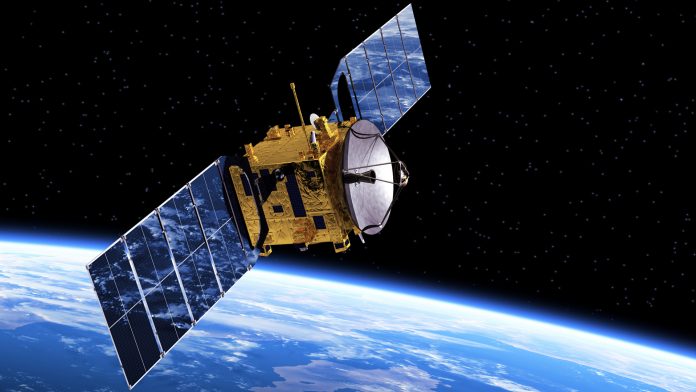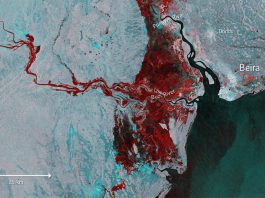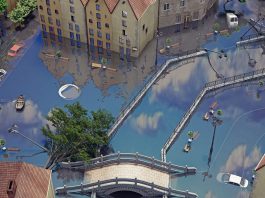Researchers at Curtin University have discovered that radar satellites can enhance the ability to protect against natural disasters.
The radar satellites can be used to identify, monitor, prepare for, and endure the effects of natural disasters in Australia such as bushfires, floods, and earthquakes.
The researchers used Synthetic Aperture Radar (SAR) data acquired by the European Space Agency (ESA) Sentinel-1 satellite to assess Australia-specific case studies.
The research has been published in Remote Sensing.
Dr Amy Parker, an ARC Research Fellow from the Curtin School of Earth and Planetary Sciences, explained that Sentinel-1 satellite mission delivered the first comprehensive global SAR dataset and the first opportunity to utilise this kind of data to evaluate hazards in new locations, including Australia.
“What makes SAR so valuable is that it provides all-weather and night-and-day capability to remotely monitor the Earth’s surface, unlike traditional optical Earth Observation (EO) imagery which is at the mercy of cloud, fog, rainfall, and smoke,” Parker commented.
“SAR data can be used to precisely map topography, track movements of the ground surface, characterise land-use change, and map damage to infrastructure, all of which can significantly improve how we track and respond to natural disasters.
“But despite SAR satellites being well-documented as a hazard monitoring tool, the uptake of such data varies, and in Australia the use of SAR data has been limited.”
The team applied SAR data to nine case studies encompassing key issues like bushfires, floods, and earthquakes to assess the power of SAR as a disaster mitigation and prevention tool.
“For example, we looked at the 2016 Wildman Coastal Plains Floods in the Northern Territory and found that SAR has added benefits in mapping flood patterns and floodplain dynamics.”
Parker also commented that other applications of this technology include being able to maintain mine site safety and gather greater understanding of seismic hazards and activity.
“Globally, Australia is one of the largest users of Earth observation data derived from satellites, which contributes to national hazard monitoring and response and more than 100 state and federal government programmes. Our research shows SAR data can effectively complement this,” Dr Parker said.
“Previously SAR data has been considered too expensive to use as a tool for hazard mitigation, but our findings show, through Sentinel-1 we now have economically viable wall-to-wall, consistent sensor imaging of Australia.
“The uptake of SAR data for hazard applications globally will continue to benefit from validated case studies such as ours, the development of tools that support operational use, and the continued provision of open-access imagery by large-scale satellite missions.”









